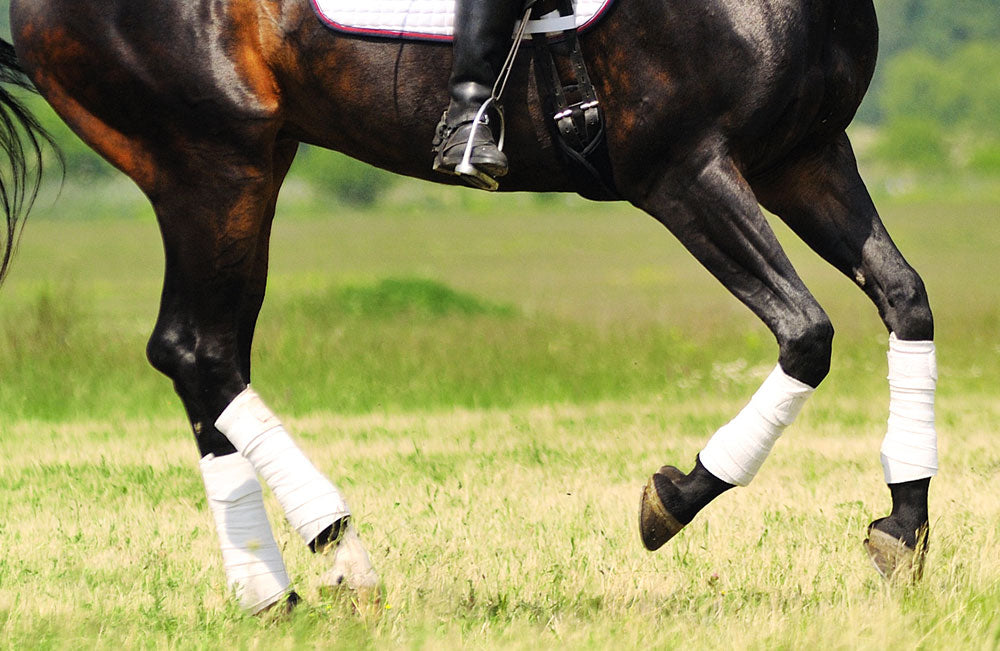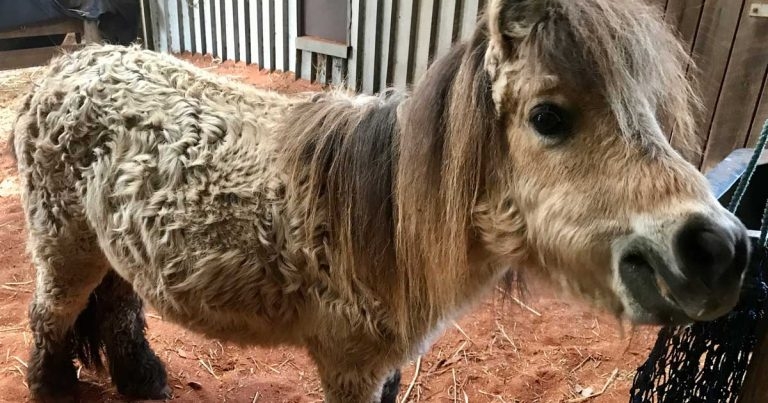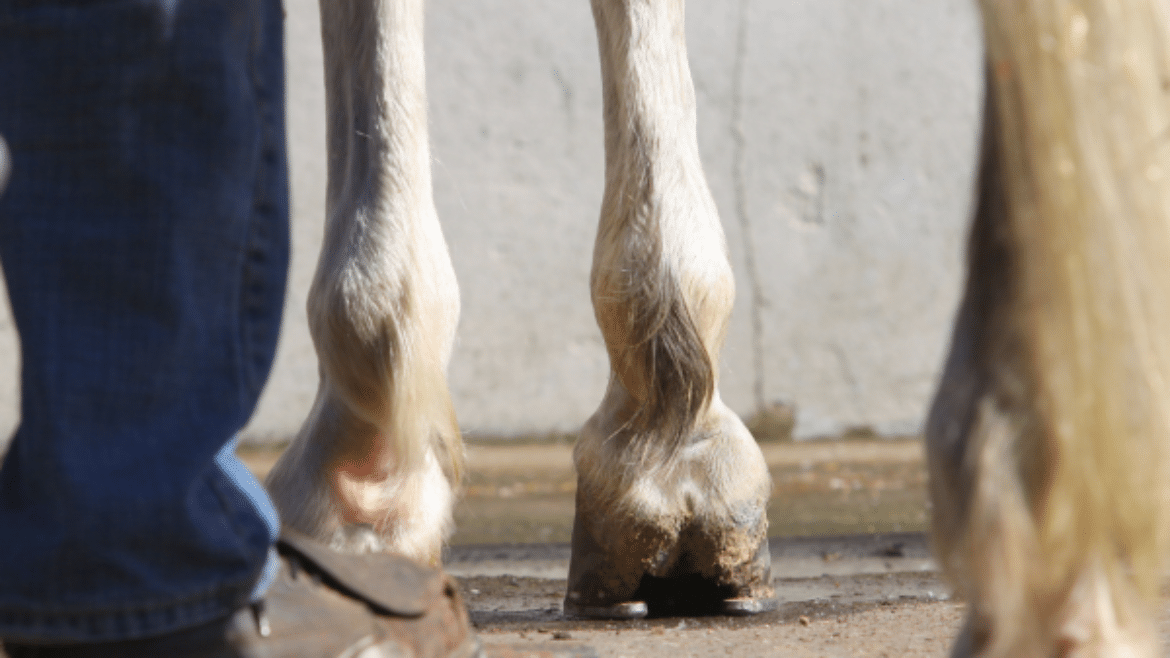Chronic Conditions in Horses: Long-Term Management

Managing chronic conditions in horses requires a comprehensive, ongoing approach to ensure their health, comfort, and performance. This article explores the most common chronic equine conditions, their symptoms, and effective long-term management strategies.
Common Chronic Conditions in Horses

| Condition | Description | Symptoms |
|---|---|---|
| Arthritis | Degeneration of joint cartilage causing pain and stiffness | Lameness, stiffness, swelling |
| Laminitis | Inflammation of the laminae in the hoof | Hoof pain, reluctance to move |
| Equine Metabolic Syndrome (EMS) | A disorder affecting metabolism and insulin regulation | Obesity, laminitis episodes |
| Cushing’s Disease (PPID) | A hormonal disorder affecting older horses | Excessive sweating, weight loss |
| Chronic Obstructive Pulmonary Disease (COPD) | Respiratory condition causing breathing difficulties | Coughing, nasal discharge |
Long-Term Management Strategies

Regular Veterinary Care
Routine check-ups help monitor disease progression and adjust treatment plans. Early detection of flare-ups can prevent severe complications.
Nutrition and Diet
Tailored diets can manage weight and metabolic issues. For example, low-sugar, high-fiber feeds benefit horses with EMS.
Exercise and Physical Therapy
Consistent, appropriate exercise maintains joint mobility and muscle tone. Physical therapy techniques like hydrotherapy can alleviate pain.
Medication and Supplements
Veterinarians may prescribe anti-inflammatory drugs, pain relievers, or hormone therapies. Supplements such as glucosamine support joint health.
Environmental Management
Reducing dust and allergens helps horses with respiratory issues. Proper hoof care and stable management prevent laminitis and other hoof problems.
FAQs
Q: How often should a horse with arthritis be evaluated?
A: Typically, every 3-6 months, but frequency depends on severity.
Q: Can diet alone control Equine Metabolic Syndrome?
A: Diet is crucial but often combined with exercise and medication.
Q: What signs indicate worsening of Cushing’s Disease?
A: Increased sweating, lethargy, and changes in coat quality.
Q: Are there preventive measures for laminitis?
A: Yes, including weight management, proper hoof care, and avoiding sudden dietary changes.
Conclusion
Long-term management of chronic conditions in horses involves a multidisciplinary approach combining veterinary care, nutrition, exercise, medication, and environmental adjustments. Early intervention and consistent monitoring are key to improving quality of life and longevity for affected horses.
This structure and content provide a detailed, SEO-friendly foundation for a blog article that can be further expanded with case studies, expert quotes, or multimedia elements.
